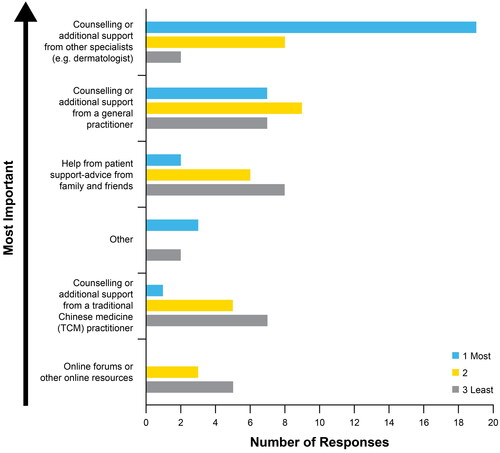Figures & data
Table 1. Age range and duration of disease.
Figure 1. Impact of AD on patient QoL (classified as mild,a moderateb or severec) as per the participants in each region when their skin-related symptoms were at their worst over the past 12 months. aMild: The condition has minimal impact or does not cause frequent disruption to life and/or the lives of family members (e.g., rarely disturbed sleep, no or low impact on work/school performance). bModerate: The condition clearly causes disruption to life and/or the lives of family members (e.g., sometimes disturbed sleep, moderate impact on work/school performance). cSevere: The condition causes significant disruption to life and/or the lives of family members (e.g., frequently disturbed sleep, high impact on work/school performance). AD: atopic dermatitis; QoL: quality of life.
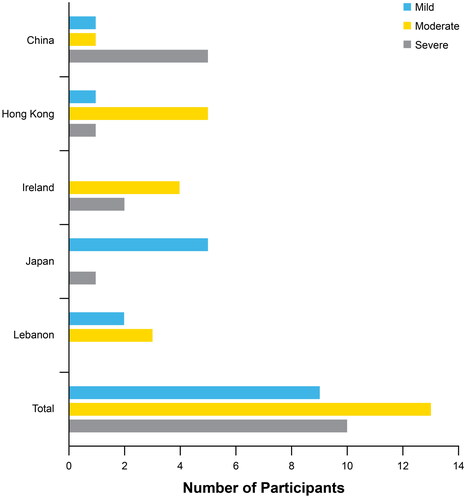
Figure 2. Patient experience with skin-related AD symptoms over the past six months according to frequency. Disturbance was rated on a scale of 1–5, where 1 indicates ‘never,’ 2 indicates ‘infrequently,’ 3 indicates ‘sometimes,’ 4 indicates ‘frequently’ and 5 indicates ‘always.’ ‘Increasing frequency’ as indicated on the y-axis was determined by the sum of the number of ‘always’ and ‘frequently’ endorsements by participants. AD: atopic dermatitis.
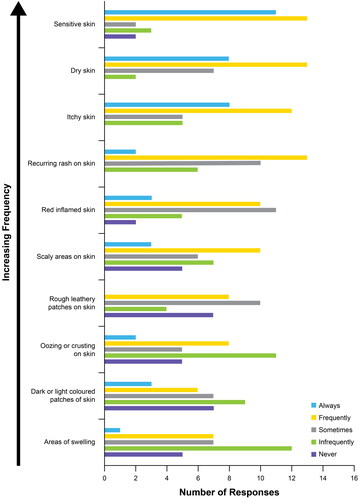
Figure 3. Patient journey with AD: challenges with different stages of the AD journey according to the participants ranked from most challenging to least challenging. Disturbance was rated on a scale of 1–7, where 1 indicates ‘most challenging’ and 7 indicates ‘least challenging.’ AD: atopic dermatitis.

Figure 4. Patient journey with AD: satisfaction with overall AD management. Participants indicated which statement(s) best matched their level of satisfaction with overall AD management. AD: atopic dermatitis.
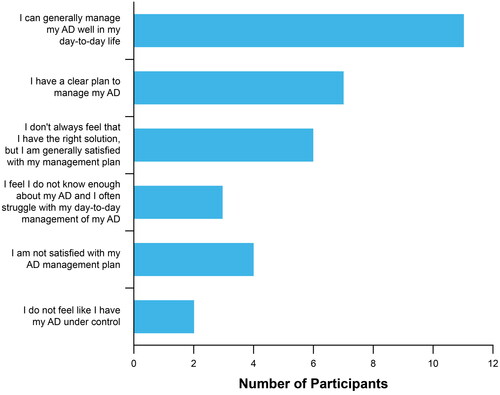
Figure 5. Factors considered important for decision making regarding the choice of treatment for the management of AD when given a choice of two treatments by a healthcare professional. The three most important factors were ranked, where 1 indicates ‘most important’ and 3 indicates ‘least important.’ AD: atopic dermatitis.
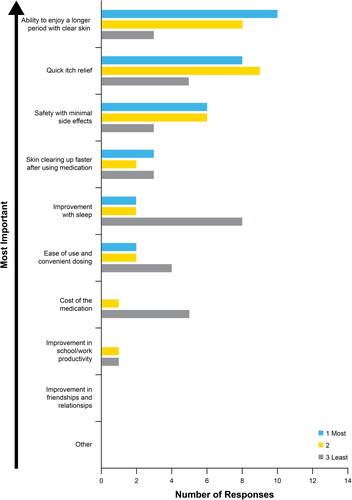
Supplemental Material
Download PDF (158.7 KB)Data availability statement
Upon request, and subject to review, Pfizer will provide the data that support the findings of this study. Subject to certain criteria, conditions and exceptions, Pfizer may also provide access to the related individual de-identified participant data. See https://www.pfizer.com/science/clinical-trials/trial-data-and-results for more information.


